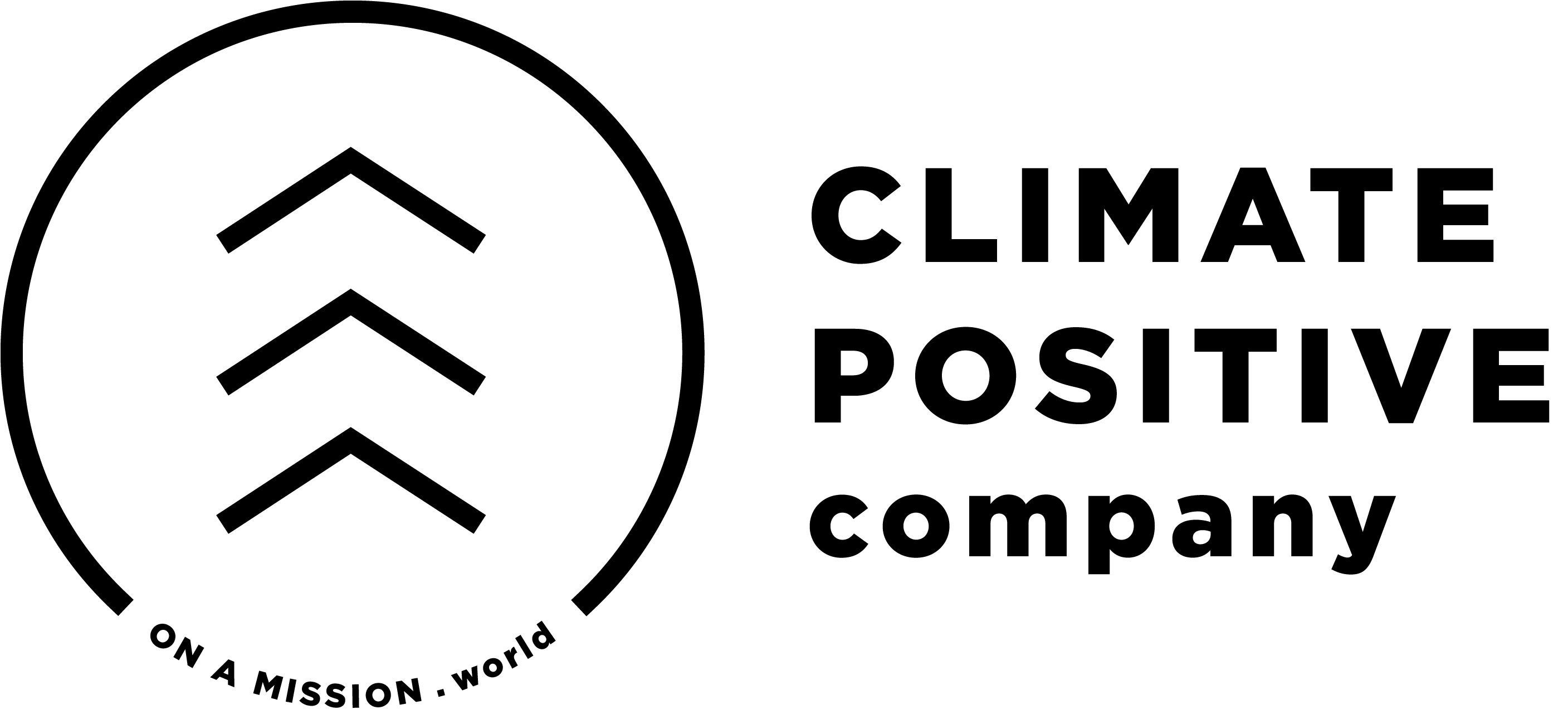Sustainability
We take ethical and ecological issues seriously and it is evident in our activities as follows:
We are a Climate Positive Company
We have decided to take responsibility for our impact on Earth by calculating, reducing and offsetting our emissions. To do so, we work with ON A MISSION, a swiss non-profit organisation who enables businesses and individuals to invest in carefully selected sustainable reforestation projects to offset their carbon emissions.
We know that our customers are more and more conscious about the environment and careful about their choices. We want to do our part by being ahead of climate regulation and taxes. We are proud to join a network of ambitious and pioneer businesses committed to invest in a solution with the greatest impact for our climate and future. Reforestation is the most effective solution to capture CO2 and solve climate change.
As a climate positive company, we choose to offset a surplus of carbon emissions, and have a positive impact on the planet as a whole.

Packing materials
We strive to make our packing materials plastic-free. The packing materials we use are either entirely plastic-free or recycled.
Fabrics and other materials
We strive to pay ever more attention to the origin and raw ingredients of the materials we use. We are also reducing the amount of petroleum products (such as polyester and elastane) used in our sewing materials and investing in the most high-quality fabrics possible.
We follow a vegan diet and recommend a vegetarian diet to everyone for the benefit of the planet and the animals living on it. Food is not directly related to sewing in any way, but animal-based raw materials are also used in sewing materials. We encourage our fellow sewers to think about the ethicality and origin of materials from this perspective as well and to consider alternatives to animal-based materials. We are committed to using a minimum of animal-based raw materials in our sample pieces.
Recycling
At our office, we recycle all waste from organic waste to plastics as thoroughly as possible. We take unusable waste fabric to textile recycling and strive to use larger pieces of leftover fabric ourselves or donate them for reuse. This scrunchie collaboration is one example of reusing waste cuts.
We avoid using new materials in our prototypes. Instead, we use materials such as worn bedsheets and towels as well as old curtains (which we mostly receive as donations from friends and family members). We also reuse our prototype materials.

